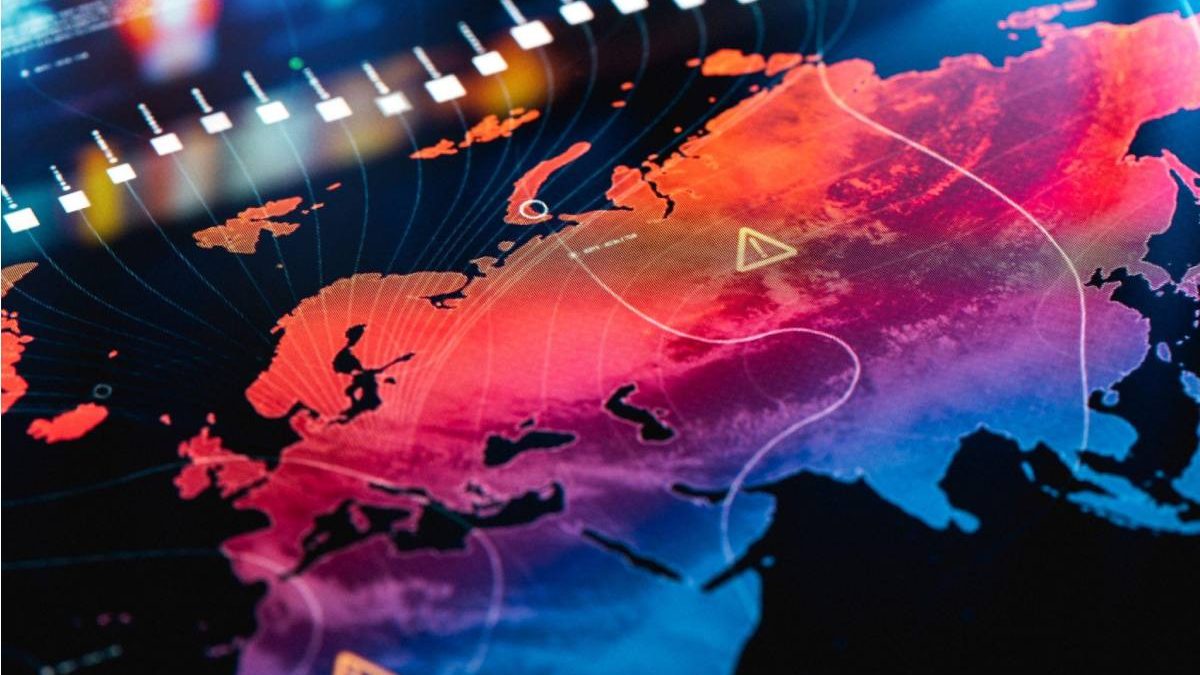In an unpredictable world, it is comforting to have a heads-up before the chaos of bad weather sets in. Now you can receive notifications about incoming storms, determine whether or not to take cover, let others know your well-being status, and more. Here’s how a bad weather early warning system can help you rest easy before and during a storm.
As our society continues to grow more digitalized, many changes arise along with it – one of the most notable being the ability for us to be somehow in touch with our natural environment through various projects, including weather forecasting. The National Weather Service (NWS) offers a leading-edge technology that is widely used by many different agencies to track and monitor storms around the world, including short-range forecasts called text alerts. This weather alert system provides consumers with real-time information on a variety of important weather aspects, including severe thunderstorm watches, and tornado watches, and talks about areas that may experience severe thunderstorms or tornadoes.
Table of Contents
The benefit of having a bad weather early warning system
This system helps you to receive notifications about incoming storms, determine whether or not to take cover, let others know your well-being status, and more. In an unpredictable world, it is comforting to have a heads-up before the chaos of bad weather sets in.
Examples of severe weather
The following are examples of weather patterns that can quickly cause damage and cost people their lives.
-
Thunder and lightning storm
Storms accompanied by thunder and lightning are not just loud and scary but can be downright dangerous. It is crucial to public safety that in areas vulnerable to lightning strikes, such as golf courses, a lightning weather siren should be installed to give notice of an impending storm.
However, it is important to remember that lightning does not always mean a storm will arrive, nor does it mean it won’t.
-
Thunderstorm with heavy rain
These kinds of storms are capable of producing severe flash flooding. As rainfall rates increase, so does flooding – leading to water levels that can knock you off your feet. Although rare in the United States, these storms are extremely common in regions like Asia and Africa.
-
Hurricanes, cyclones, and tornadoes
While hurricanes and cyclones are different types of storms, they both form around low-pressure areas in tropical coastal regions like the Great Lakes or the Indian Ocean. Tornadoes, on the other hand, can form anywhere during the year. In fact, they are one of the most devastating weather phenomena to happen. They can form anywhere in the United States and occur at any time of the year. Tornadoes are formed when warm moist air from the Gulf of Mexico meets up with cold, dry air from Canada, causing a Tornado Vortex Signature; this causes the condensation we see as a cloud. Yet the tornado is actually in the air, not the cloud.
-
Flash Floods
A flash flood is a fast-moving stream of water that usually originates from heavy rain. It can happen due to intense rainfall in rivers, streams, or other water bodies. Flooding can occur in a matter of minutes and often at night when it is less likely to be seen by people. In the United States, flash floods are uncommon, although they are frequent in some parts of the world like France and India.
Early warning systems save lives
Cyclones and hurricanes are two types of storms that can develop into dangerous disasters. In the Atlantic region, cyclones are called hurricanes if they form in the Gulf of Mexico or the Caribbean Sea, while they’re called typhoons in the Pacific Ocean. Hurricanes are capable of producing destructive winds, flooding rain, and tornadoes. They occur mainly over the warm waters of the Atlantic and tropical Pacific oceans.
While hurricanes and cyclones are different types of storms, they both form around low-pressure areas in tropical coastal regions like the Great Lakes or the Indian Ocean. Tornadoes, on the other hand, can form anywhere during the year. In fact, they are one of the most devastating weather phenomena to happen. It’s the weather’s potential for causing damage and injuring people that makes having an early warning system so important.
The benefit of having a bad weather early warning system is that this system helps you to receive notifications about incoming storms, determine whether or not to take cover, let others know your well-being status, and more. With this system, you can be prepared for any storm that comes your way.

